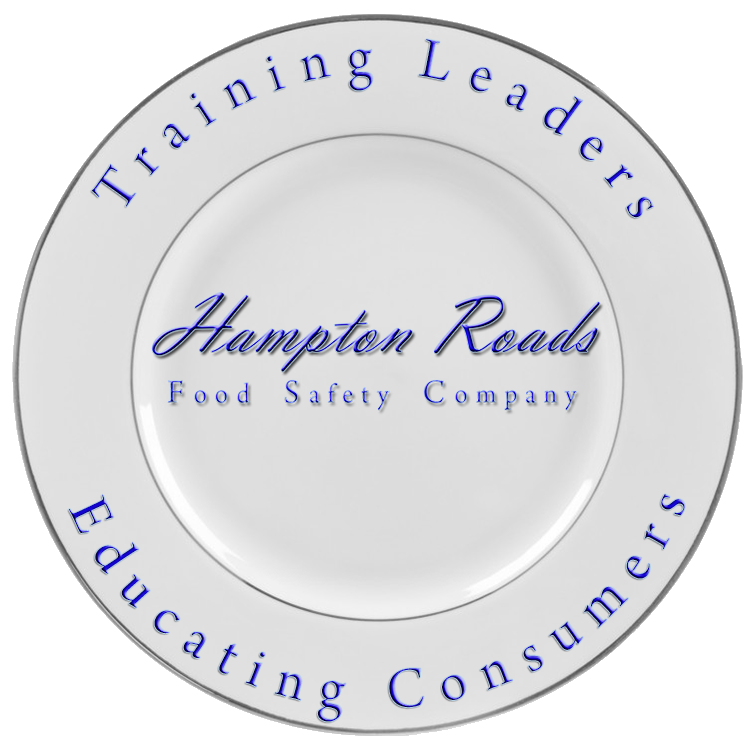What To Do If A Recall Happens?
Here are 5 Tips

An E. coli outbreak is a nightmare for everyone: the customers, the community and the restaurant where it happened. For restaurant operators, corrective next steps are crucial to success; they can’t afford to make one mistake.
What should you do in the event of an outbreak? First, pay attention to all information, updates and product recall announcements. Because the food supply chain is complex, sometimes suppliers or manufacturers don’t deliver timely notices of the recall.
Here are five tips on how to deal with an outbreak and the removal of contaminated foods or other products:
1. Execute an effective recall plan: If you identified a product affected by a recall, look at the brand of the product as well as the code date, lot number and manufacturing facility if it is available.
2. Remove the affected items from your inventory and place them in a secure and proper location, away from any food, utensils, equipment, linens, or single-use items you are planning to use. Also, make sure to wash and sanitize cutting boards, surfaces and utensils used to prepare, serve, or store potentially contaminated products. In addition, make sure you wash your hands with soap and hot water following the cleaning and sanitation process.
3. Label affected items in a way that will prevent them from being put back into inventory.
4. When isolating or disposing of the products, refer to the vendor’s notification or recall notice. This is critical because product reimbursement often only occurs if you take the required actions provided by the vendor.
5. Inform staff members not to use the affected products. A helpful practice is to create a communications plan employees can use to explain to customers how the restaurant responded to the outbreak and is addressing the problem. They should know how to properly answer customer’s questions and concerns, and communicate a consistent and accurate message.

